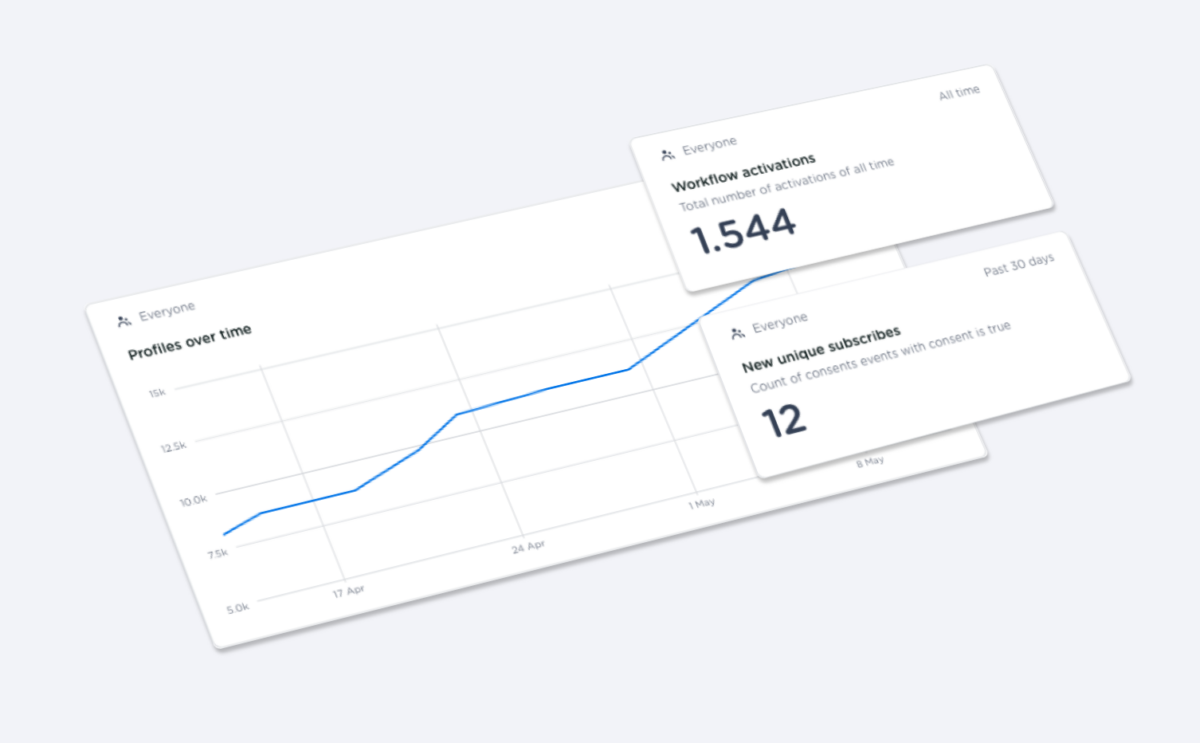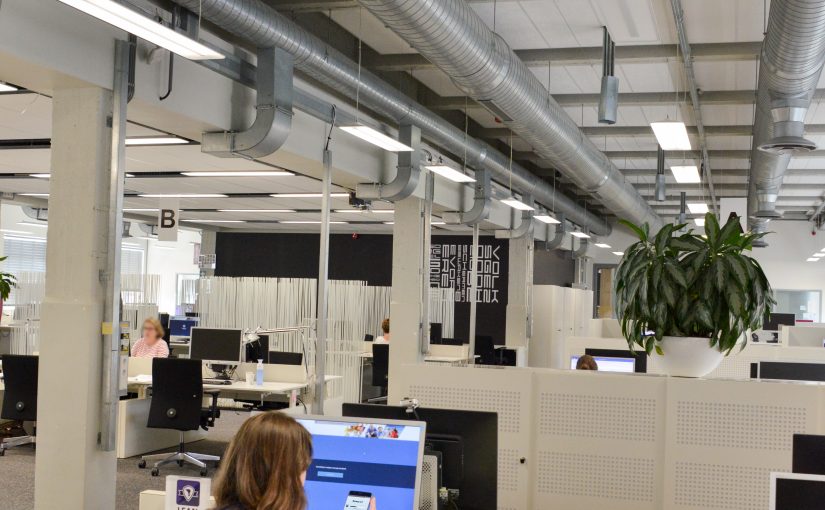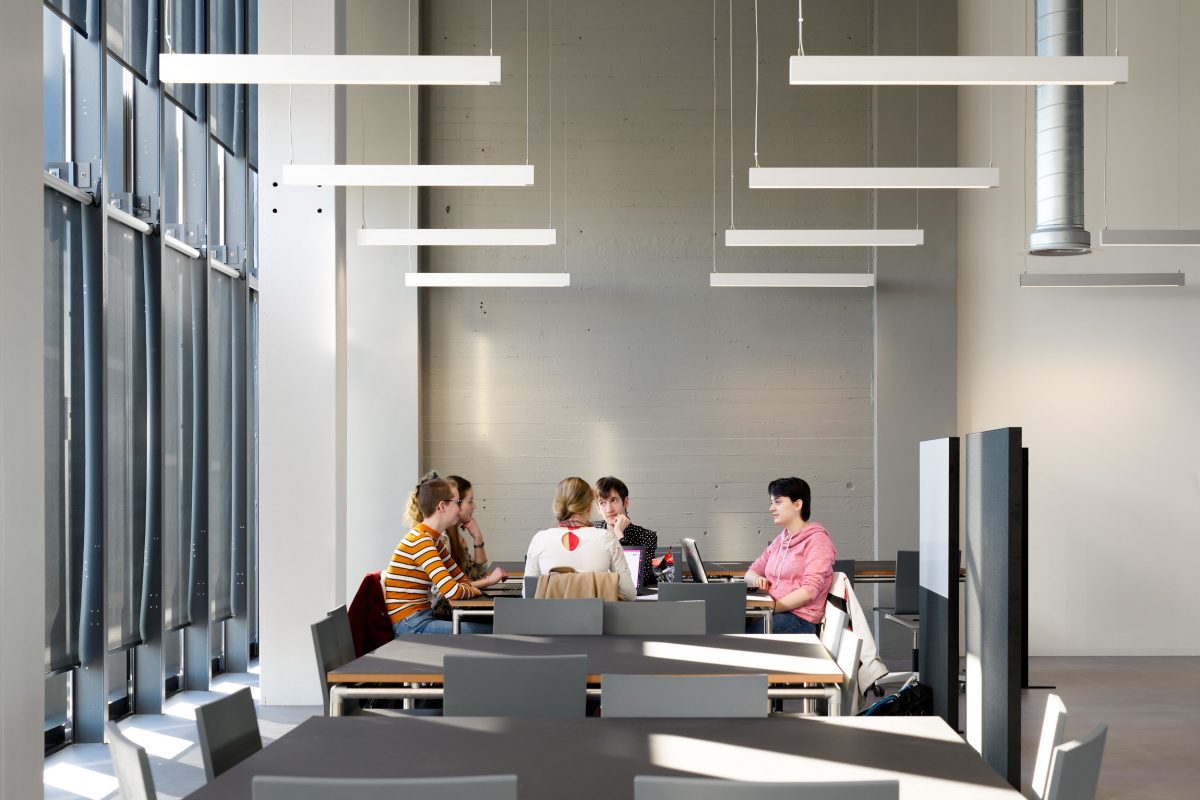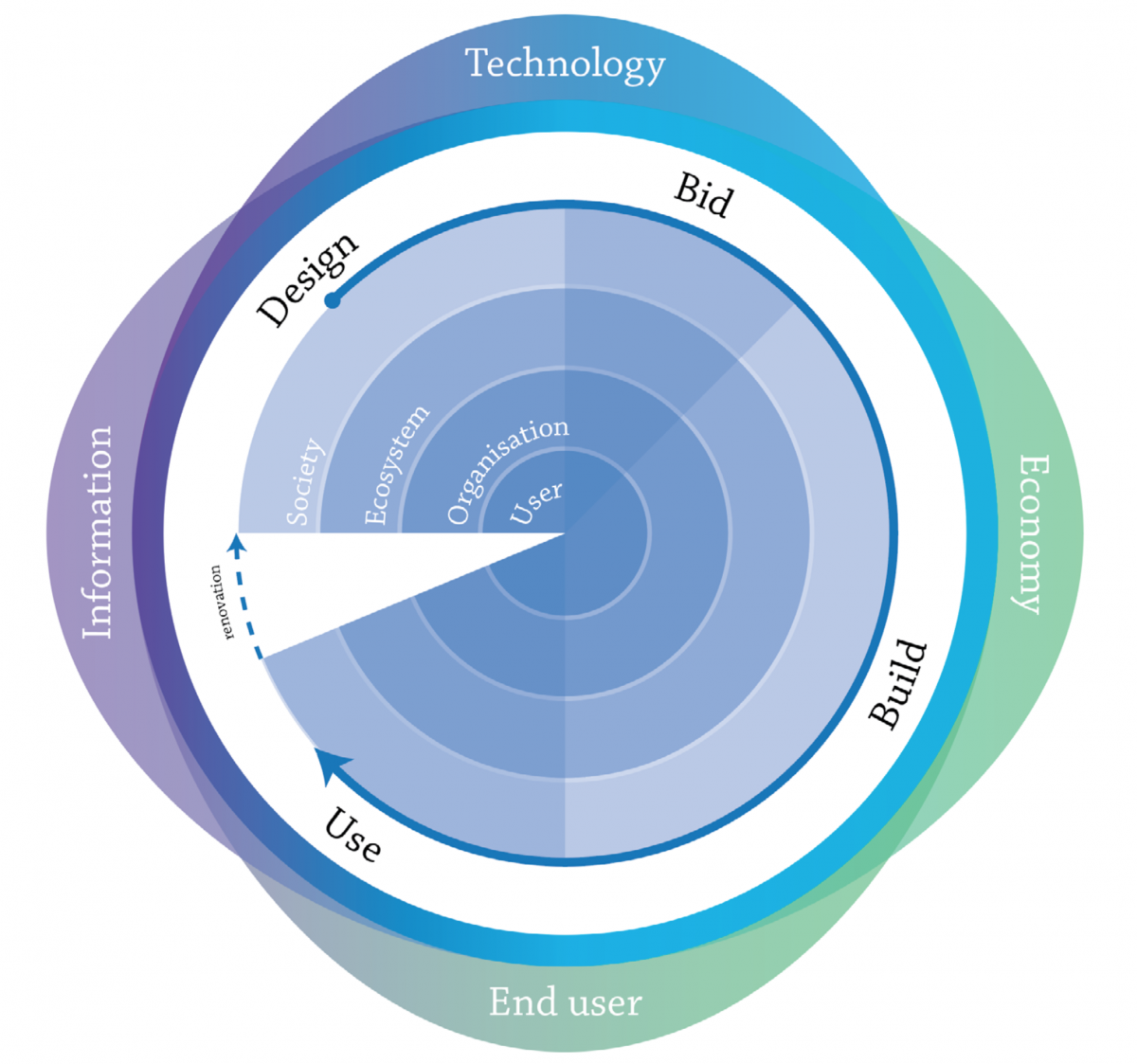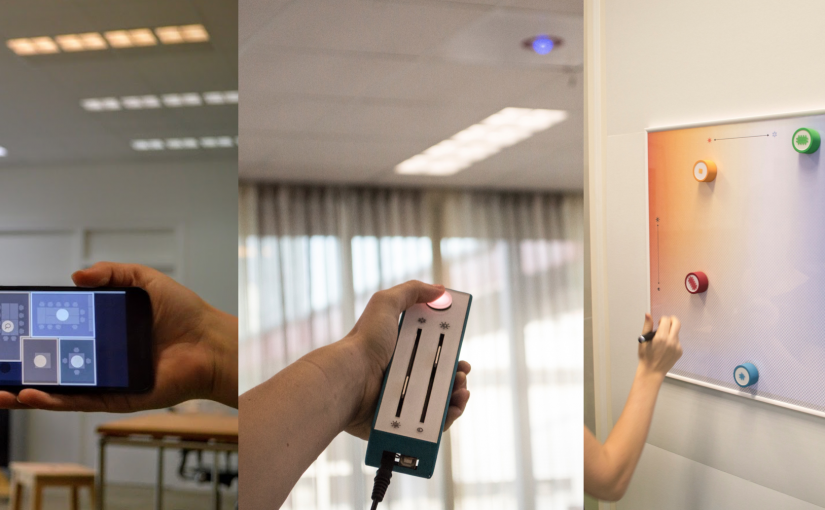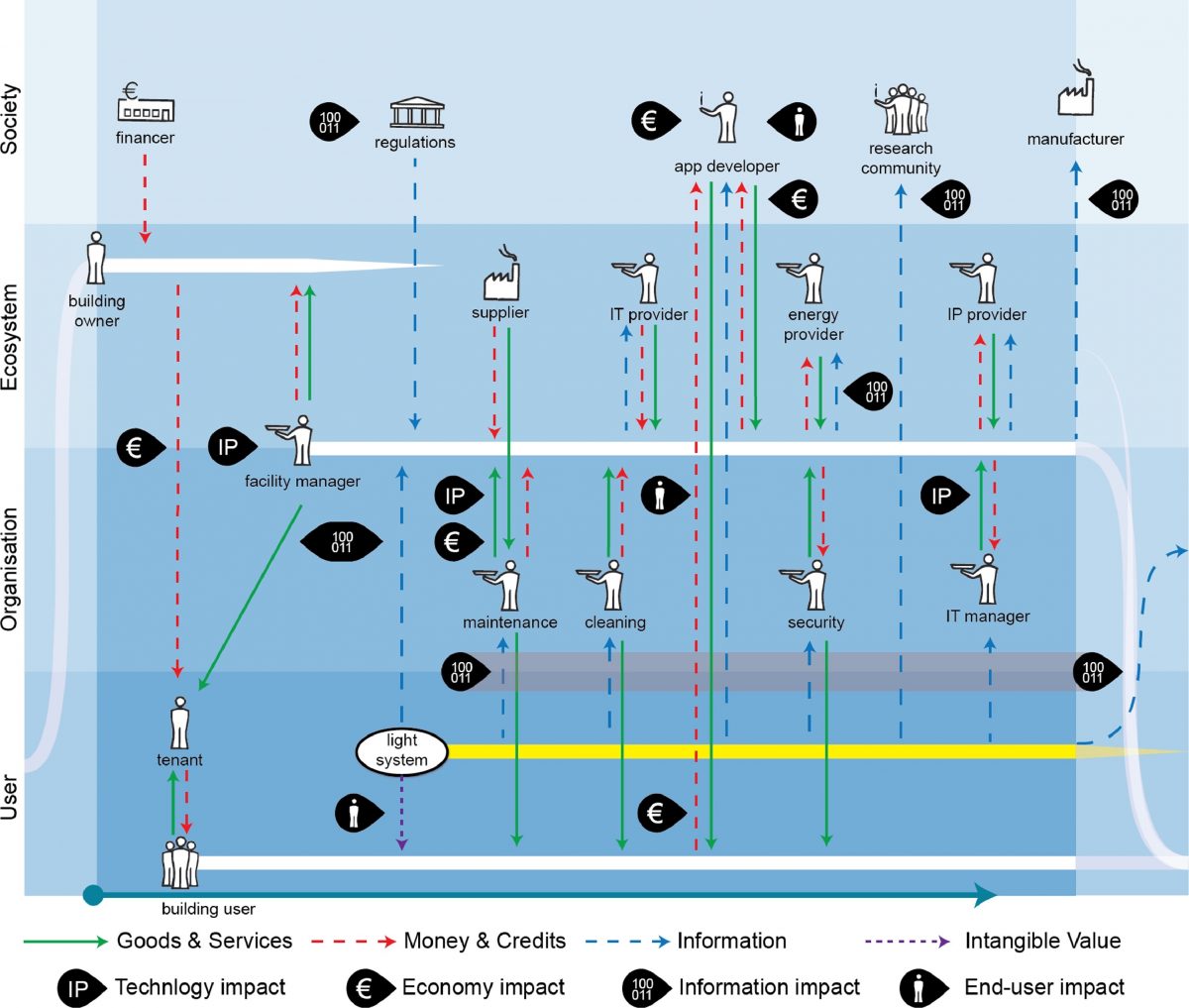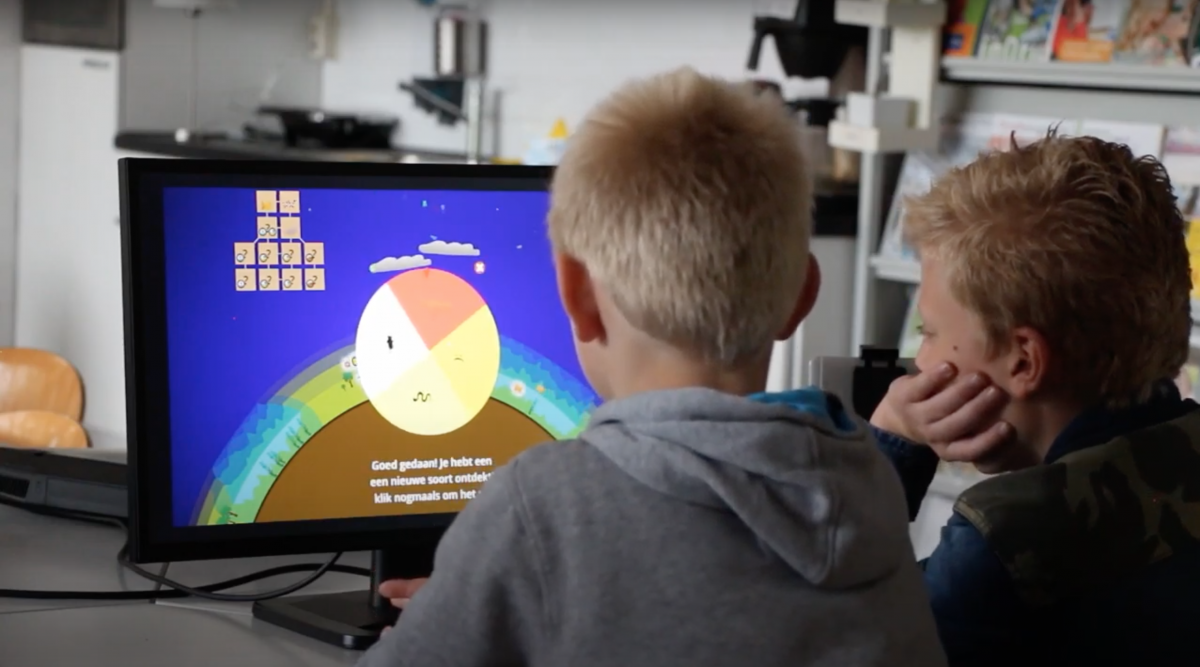The analytics of CM.com’s Customer Data Platform were outdated and considered lacking after competitor analysis. I was leading the UX for the project from need-finding to evaluation. Opportunity The goal was to make the Customer Data Platform product more competitive. The lack of useful analytics was the one of the major gaps that was identified. […]
